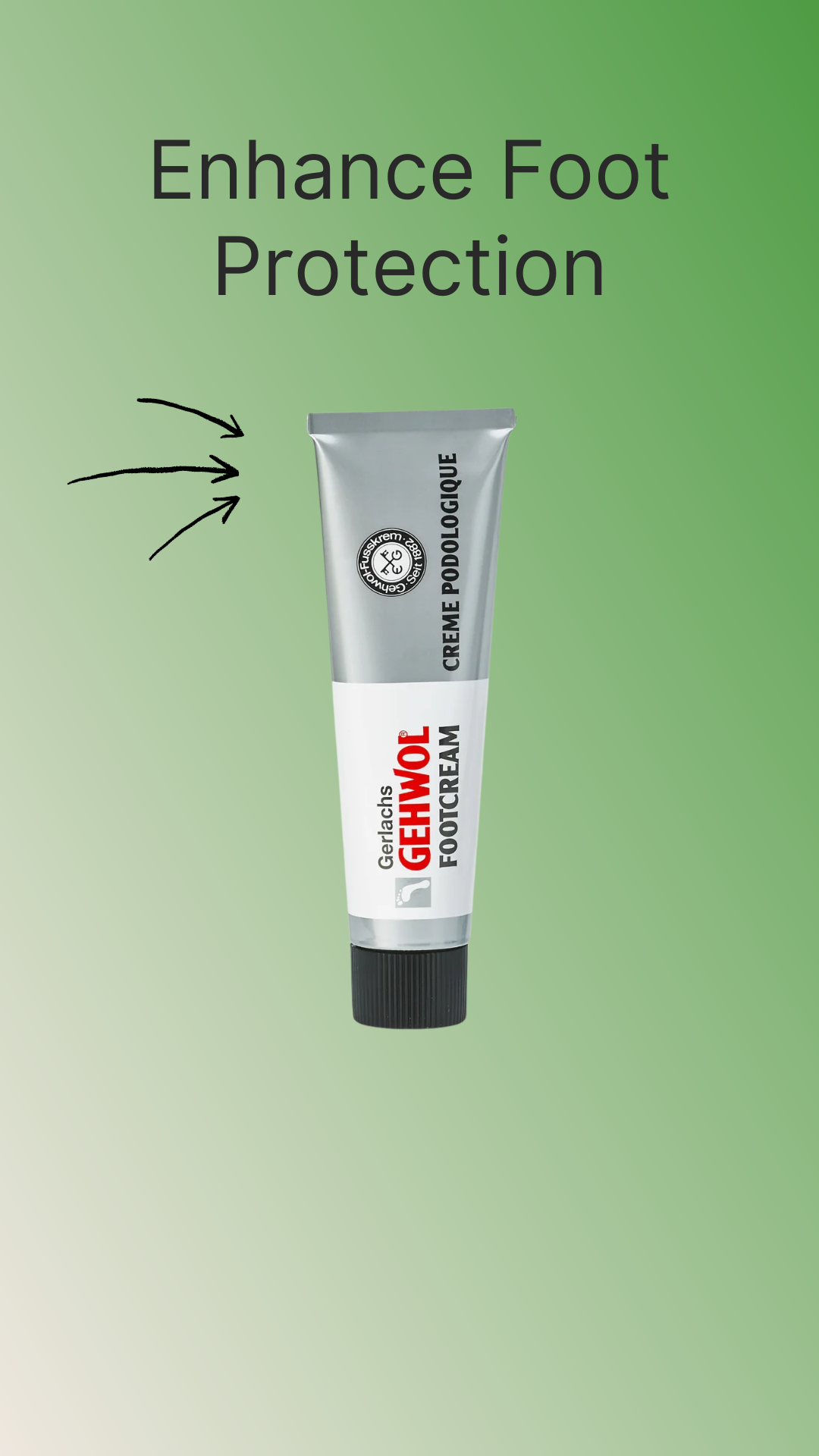Heel spurs can cause sharp, stabbing pain with every step, making walking or standing for long periods uncomfortable. For women, finding shoes that combine style, comfort, and medical support can be challenging — but the right pair can make a big difference.
This guide explores the best features to look for in women’s shoes for heel spurs, along with practical tips to reduce discomfort and support your recovery.
Understanding Heel Spurs and Their Impact
Heel spurs are bony growths that develop on the heel bone, often linked to conditions like plantar fasciitis. They may cause inflammation, tenderness, and pressure pain, especially during the first steps in the morning or after long periods of rest.
Wearing the wrong footwear — such as high heels, thin-soled flats, or poorly cushioned shoes — can worsen the pain. Supportive, well-cushioned footwear can help by redistributing weight and absorbing impact.
Key Features to Look for in Women’s Shoes for Heel Spurs
Cushioned Heel Padding
The most important feature for heel spur relief. Look for shoes with a thick, shock-absorbing heel cushion that reduces impact with every step.
Arch Support
Essential for proper alignment. Shoes with contoured arch support help relieve pressure on the heel and reduce strain on the plantar fascia.
Deep Heel Cup
A deep, structured heel cup helps keep the foot stable, preventing excessive movement that can irritate heel spurs.
Rocker Bottom Sole
Encourages a natural rolling motion, reducing the pressure placed directly on the heel.
Soft, Breathable Uppers
Choose soft leather or mesh materials that conform to the foot without rubbing or adding extra pressure.
Removable Insoles
Allows for the use of custom orthotics or specialised heel spur inserts for added comfort.
Styling Tips for Women with Heel Spurs
-
Workwear: Opt for supportive flats or low-heeled shoes with built-in cushioning rather than high heels.
-
Casual Wear: Look for trainers or casual slip-ons with thick midsoles and cushioned interiors.
-
Evening Wear: Select dress shoes with padded insoles and wider heels for better weight distribution.
Additional Tips for Managing Heel Spurs
-
Stretch your calves and plantar fascia daily.
-
Avoid walking barefoot on hard surfaces.
-
Use cold packs to reduce inflammation after activity.
-
Replace worn-out shoes regularly to maintain support.
FAQs
Can the right shoes cure heel spurs?
No, but they can significantly reduce pain and prevent the condition from worsening.
Should I use orthotics for heel spurs?
Yes, custom or over-the-counter orthotics can provide targeted heel support and cushioning.
Are high heels bad for heel spurs?
Yes, high heels increase pressure on the heel and can aggravate the condition.
Final Thoughts
Heel spurs don’t have to stop you from enjoying daily life. The right women’s shoes, designed with cushioning, support, and stability in mind, can make walking far more comfortable and reduce strain on your heels.
Investing in high-quality, well-fitted footwear is an important step towards managing pain and improving mobility. Whether you prefer trainers, flats, or low-heeled shoes, make sure they offer the protective features your feet need — so every step feels lighter and more comfortable.


